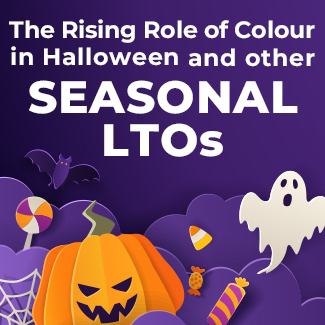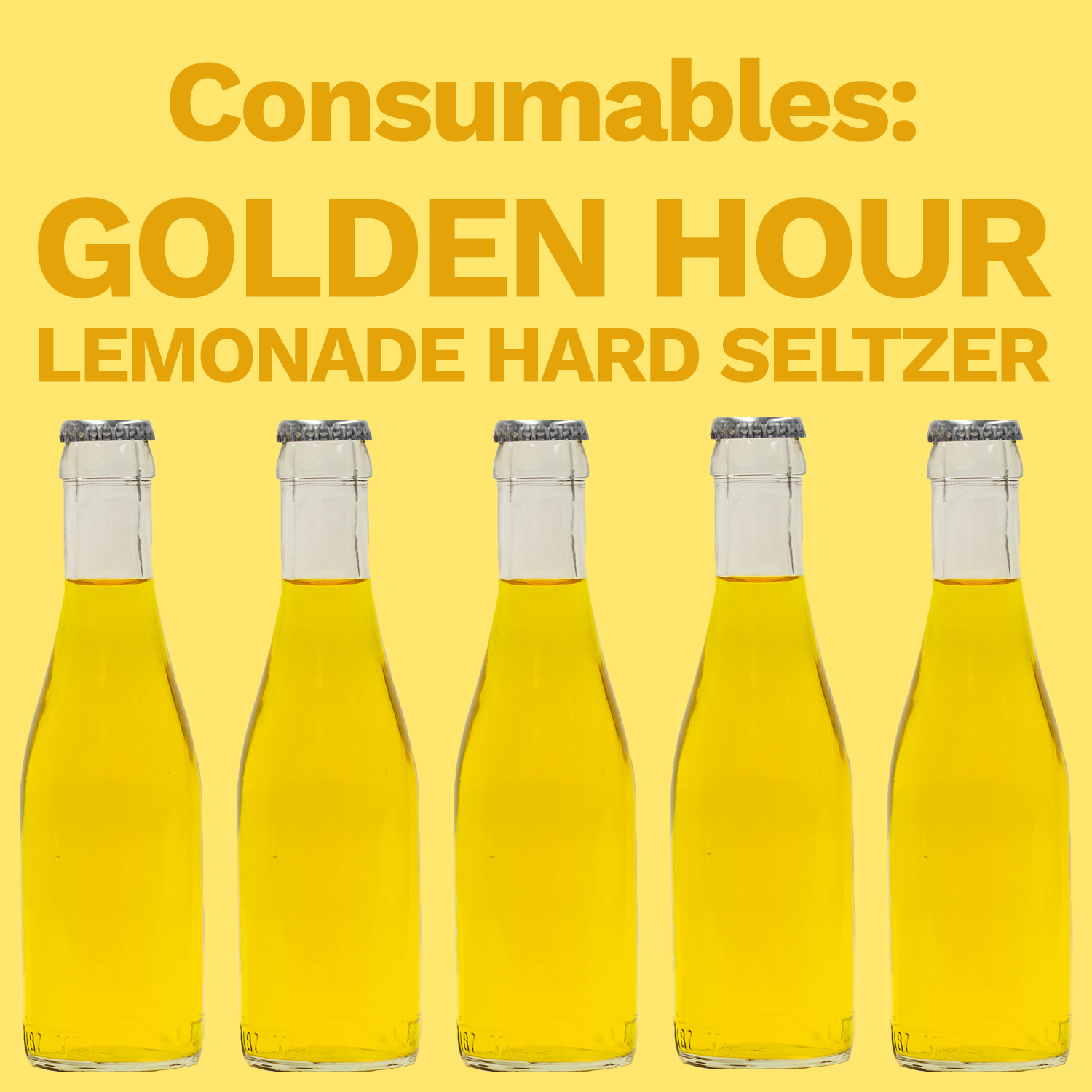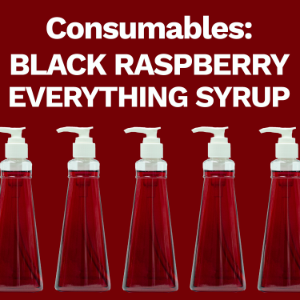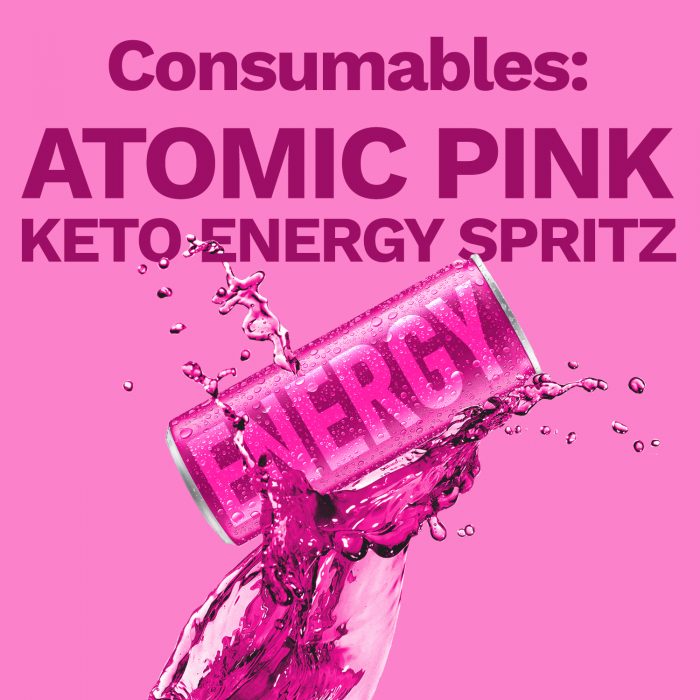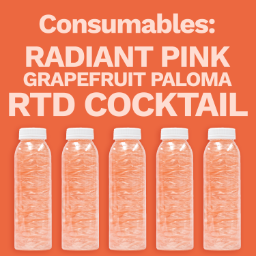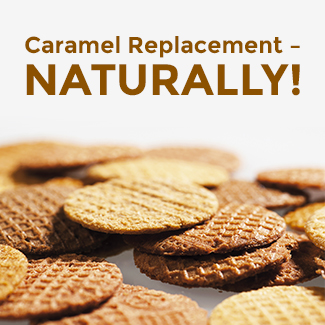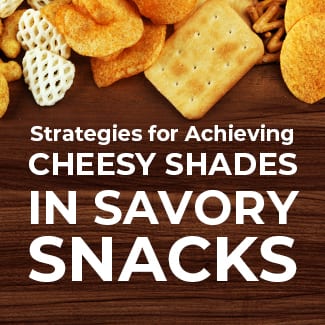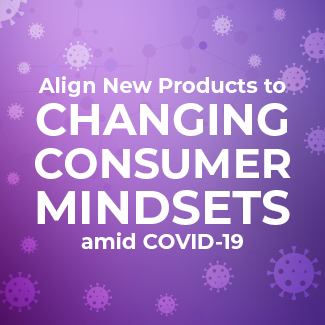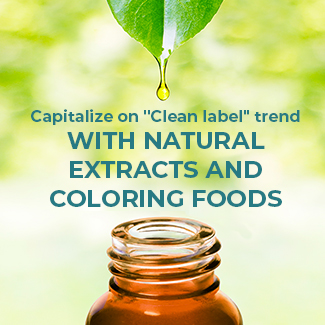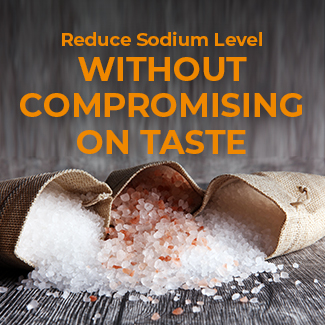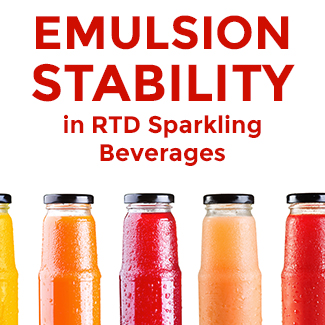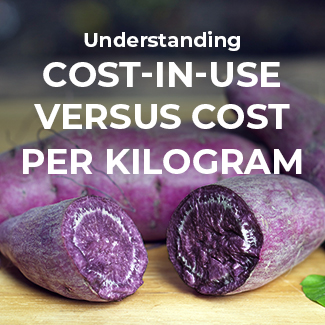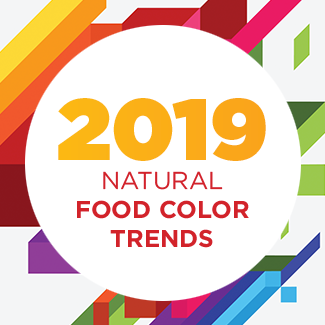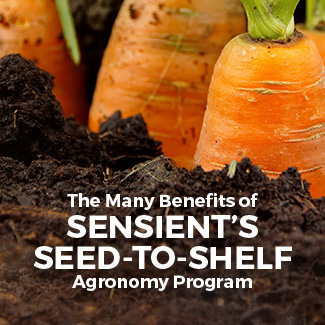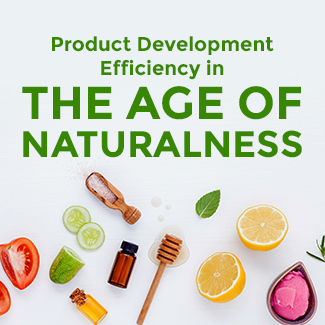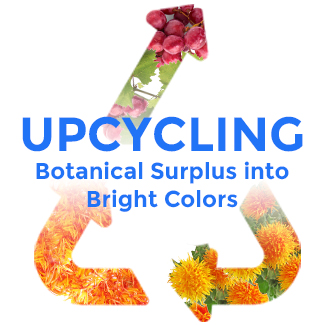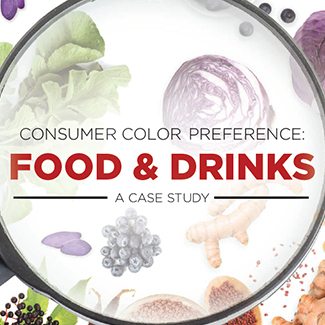Natural Color for Topical Seasonings and Dry-Blend Applications
Activity is Hot in Salty Snacks and Topical Seasonings
Consumers are spending more time in transit as part of their daily routine. This results in a decrease in mealtimes eaten at home and an increasing number of occasions where consumers eat out-of-home and snack. According to the latest Mintel trend reports, snacking booms as a result. “Any time is snack time, and everything is a snack.” (Source: Mintel Reports, 03/2019). In turn, convenience and portability has product innovation heating up, especially in snacking offers. The variety in snacking products is manifold, and competition to become part of consumers’ shopping baskets is increasing. Innovations will thus need to stand out in the sea of competitive offerings to be noticed.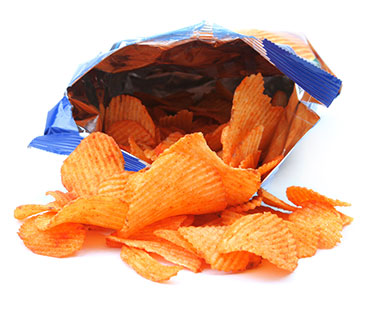
Whilst consumers love to try new snacks within their crisps and savory snacks repertoire, they do enjoy familiar flavors. When purchasing new products, they are more inclined to try known flavors with a twist vs. highly unusual flavors they may not be familiar with:
“55% of UK salty snacks eaters prefer to try new flavors that are similar to the ones they know, over more unusual flavors.” Source: Mintel Reports, “A year of innovation in salty snacks & fruit mixes, 2019”)
In that environment, seasonings and the according coloring of the final snack product play a crucial role. Having conducted consumer testing to gain a deeper understanding of the importance of coloring in savory applications, key insights include:- The color of crisps is an important driver of product appeal and product associations
- Color intensity raised consumers’ impression of a more appetizing and higher quality product
- Color intensity raised consumers’ impression of a more of tasty and flavorful product – ‘right’ level of taste
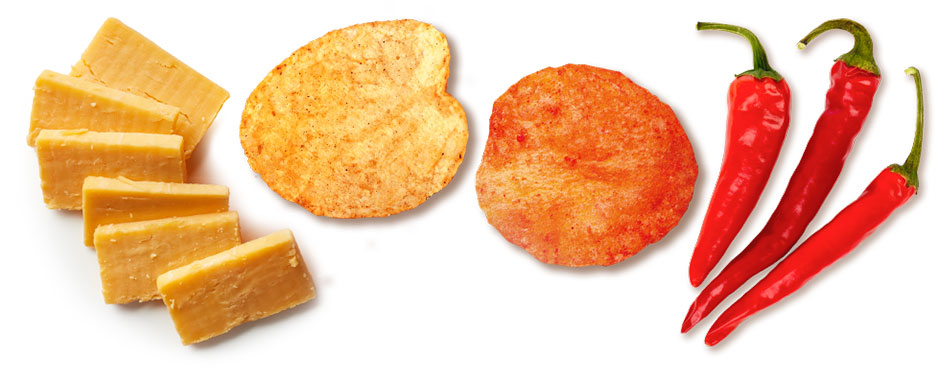 color plays a critical part in seasonings by bringing all of the different flavor offerings to life through unique shades. One would expect a hot and spicy snack to look different than a cheesy one. color helps create the expectation of a flavor’s visual appeal in seasonings.
color plays a critical part in seasonings by bringing all of the different flavor offerings to life through unique shades. One would expect a hot and spicy snack to look different than a cheesy one. color helps create the expectation of a flavor’s visual appeal in seasonings.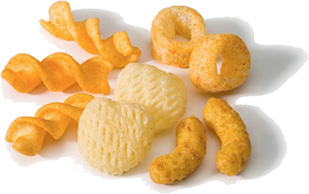 Since flavors with an exotic twist or an adventurous touch are a strong driver for the salty snack category, the expectation to see custom coloring shades rises accordingly. This underlying interest for a natural, yet visually appealing snack could be a huge opportunity for snack and seasonings developers. There is certainly room for growth in snacks, especially those combining on-the-go convenience, natural ingredients like color from plant-based sources, and flavor innovation.
Since flavors with an exotic twist or an adventurous touch are a strong driver for the salty snack category, the expectation to see custom coloring shades rises accordingly. This underlying interest for a natural, yet visually appealing snack could be a huge opportunity for snack and seasonings developers. There is certainly room for growth in snacks, especially those combining on-the-go convenience, natural ingredients like color from plant-based sources, and flavor innovation.
Clean Label color for Topical Seasonings and Dry-Blend Applications
Traditionally, achieving attractive and bright shades in topical seasonings has never been a factor for food scientists and developers working with Lakes. The way a Lake is developed by extending the dye onto an aluminium hydrate substrate makes it ideal for plating grade applications like seasonings or dry mixes. The particle size of the powder helps the Lake evenly coat the topical seasoning, making application to products like chips or popcorn that contain oil/fat more uniform. When formulating with coloring foods or natural coloring solutions, product developers should take a few factors into consideration:
THE PARTICLE SIZE
of the coloring solution has a direct impact upon the coating distribution

THE REQUIRED USAGE
rate to achieve a desired shade may impact the flavor profile of the seasoning

THE MOISTURE
can affect the coloring solution’s stabililty and can cause migration

THE PH SENSITIVITY
may cause color degradation or shade shifting depending on the source of the natural coloring solution
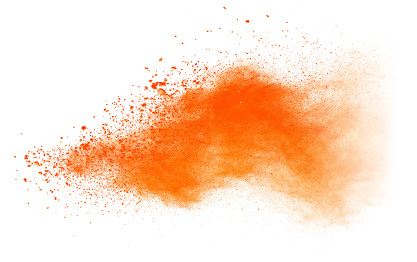 The Microfine™ technology is Sensient’s innovative solution unique to topical seasonings or dry blend processing applications. The Microfine™ technology is an aluminium-free line of coloring foods and natural colors that simulate the plating properties of synthetic Lakes. This advanced natural color solution uniformly blends in topical seasonings and coats dry products with an evenly distributed color for best impact. The Microfine’s plating grade capability delivers superb visual appeal and intense color shades, reducing the need for high dosage rates.
The Microfine™ technology is Sensient’s innovative solution unique to topical seasonings or dry blend processing applications. The Microfine™ technology is an aluminium-free line of coloring foods and natural colors that simulate the plating properties of synthetic Lakes. This advanced natural color solution uniformly blends in topical seasonings and coats dry products with an evenly distributed color for best impact. The Microfine’s plating grade capability delivers superb visual appeal and intense color shades, reducing the need for high dosage rates.
If you want your brand to show differentiated product offerings, and if you have a new project in mind to focus on product impact for your next snacking innovation, request a consultation or a sample with us today:























